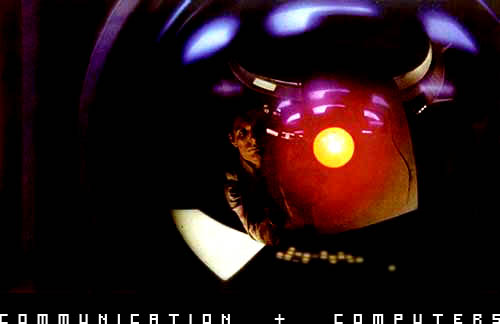 |
|
The tools of the space-age explorer are the computer and the communications device. By taking a survey of extra-terrestrial science fiction films from Aelita (1924) to Star Wars III (2005), prevailing trends in their representation can be revealed. There are three basic sets of questions that must be asked in order to interrogate their portrayal in these movies: 1) What did they look like? What did they do? How were they used? What special effects were used?2) What did they do for the plot? 3) What larger social or scientific attitude did the portrayal represent?
|
|
|
Matt Storus 20099307